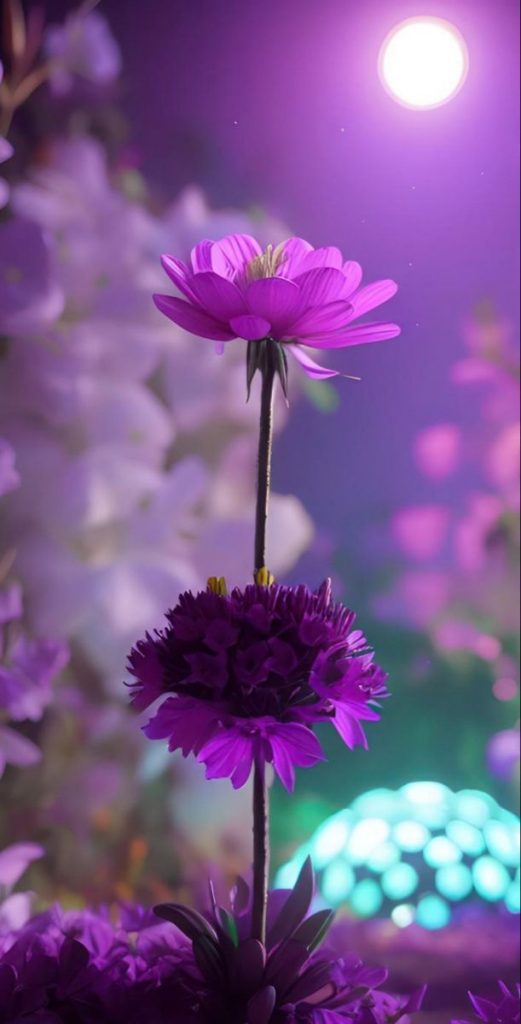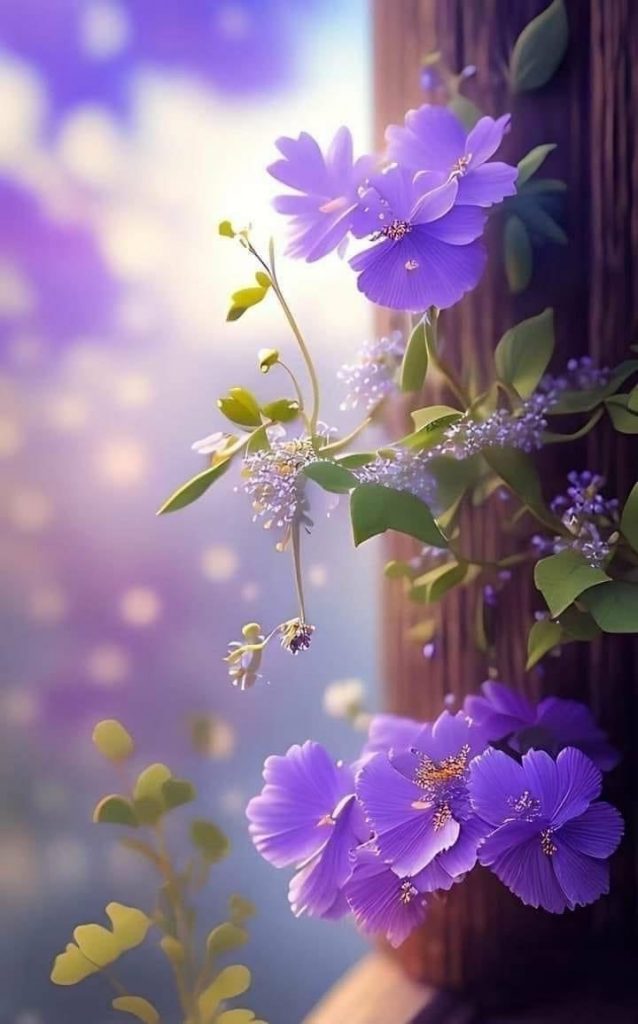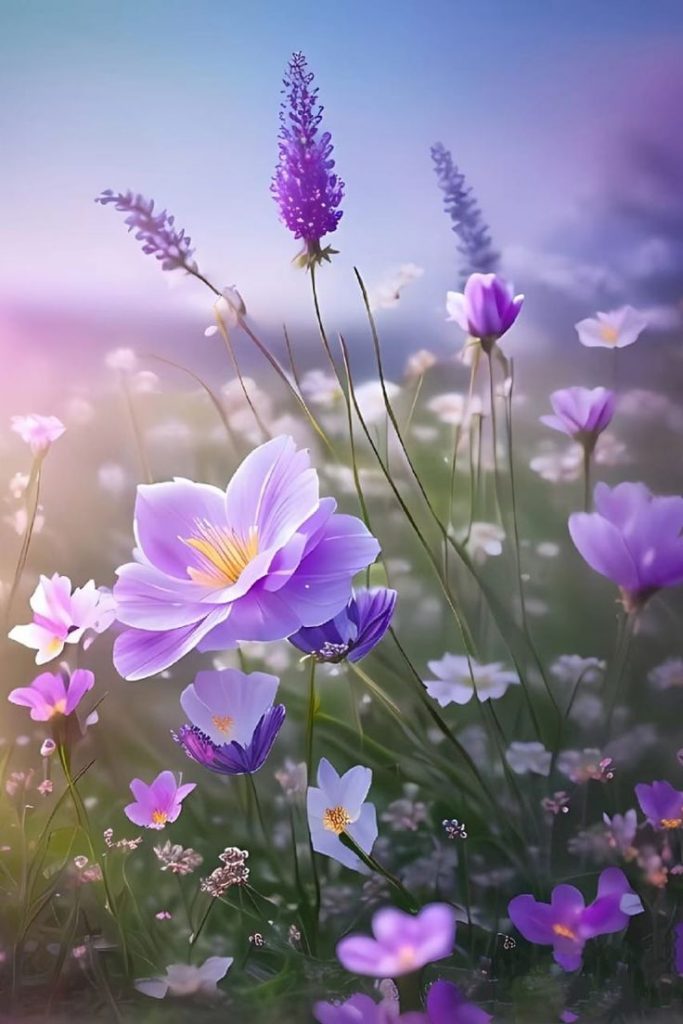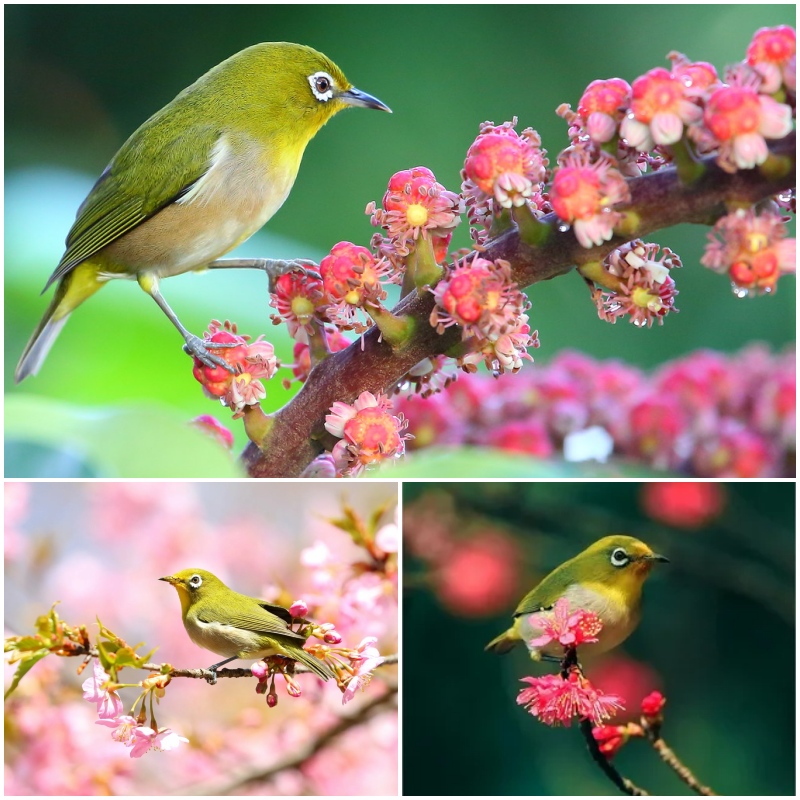
Purple flowers, with their captivating hues and timeless elegance, have long been cherished in gardens and floral arrangements around the world. Among the myriad of colors nature has to offer, the regal charm of purple blooms stands out, evoking a sense of mystery, romance, and sophistication

- Symbolism and Meaning: Purple flowers are often associated with royalty, luxury, and nobility. The rich and deep color symbolizes power, ambition, and creativity. In various cultures, purple flowers are also linked to spirituality and mysticism, representing wisdom, dignity, and admiration. Whether in a bouquet or a garden, the presence of purple blossoms adds a touch of regality and depth to the surroundings.
- Popular Varieties: The world of purple flowers is vast, encompassing a wide array of species that vary in size, shape, and fragrance. Some iconic purple blooms include lavender, orchids, violets, and lilacs. Each of these flowers possesses a unique allure, contributing to the overall allure of the color purple in the floral realm.
- Lavender: Known for its soothing fragrance and delicate spikes of blooms, lavender is not only visually appealing but also has calming properties. It is often used in aromatherapy, making it a favorite in gardens and homes alike.
- Orchids: With their exotic and intricate designs, orchids are a symbol of beauty and refinement. Purple orchids, in particular, are associated with admiration, respect, and royalty.
- Violets: These small, delicate flowers are known for their simplicity and charm. Violets often carry sentiments of modesty and loyalty and have been historically used in literature and art as symbols of love.
- Lilacs: Emitting a sweet fragrance, lilacs are cherished for their clusters of small, fragrant flowers. They symbolize the renewal of spring and are often associated with youthful innocence.
- Cultural Significance: Purple flowers have played significant roles in various cultural and historical contexts. In ancient Rome, purple was considered the color of emperors, and only they were allowed to wear garments dyed with a rare purple pigment. In modern times, purple flowers continue to be used in ceremonies, weddings, and celebrations, adding a touch of elegance and grandeur.
- Gardening Tips: For those looking to incorporate the beauty of purple flowers into their gardens, it’s essential to consider factors such as sunlight, soil type, and climate. Lavender, for example, thrives in well-drained soil and full sunlight, while violets prefer partial shade. Orchids, on the other hand, often require specific humidity levels and filtered light.

In the world of flowers, purple stands as a timeless and enchanting color that adds depth, meaning, and beauty to any setting. Whether adorning gardens, bouquets, or symbolic arrangements, purple flowers continue to captivate hearts and minds, weaving a narrative of elegance and charm that transcends cultural boundaries. 








